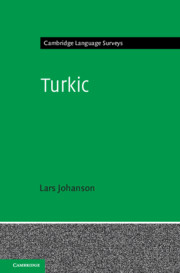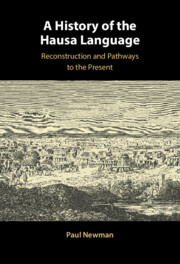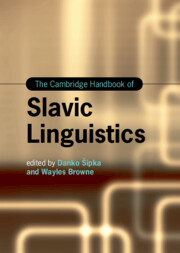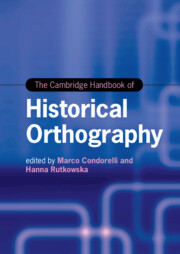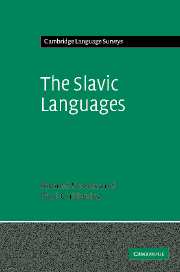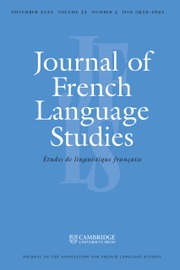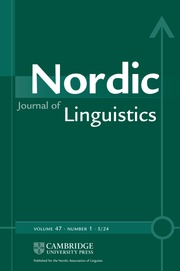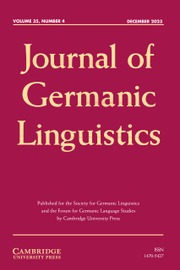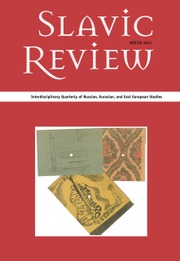Turkic
Turkic is one of the world's major language families, comprising a high number of distinct languages and varieties that display remarkable similarities and notable differences. Written by a leading expert in the field, this landmark work provides an unrivalled overview of multiple features of Turkic, covering structural, functional, historical, sociolinguistic and literary aspects. It presents the history and cultures of the speakers, structures, and use of the whole set of languages within the family, including Turkish, Azeri, Turkmen, Tatar, Kazakh, Uzbek, and Uyghur, and gives a comprehensive overview of published works on Turkic languages, large and small. It also provides an innovative theoretical framework, employing a unified terminology and transcription, to give new insights into the Turkic linguistic type. Requiring no previous knowledge of the Turkic languages, it will be welcomed by both general readers, as well as academic researchers and students of linguistic typology, comparative linguistics, and Turkic studies.
- Provides an innovative theoretical framework for the study of Turkic, employing a unified terminology and transcription
- Gives a comprehensive coverage of the field of descriptive and diachronic Turkic linguistic studies
- Makes the distribution of Turkic typological features accessible for comparative and contact-linguistic studies
Product details
October 2021Hardback
9780521865357
1084 pages
235 × 160 × 56 mm
1.82kg
Available
Table of Contents
- 1. Introduction
- 2. Technicalities
- 3. The Turkic language family
- 4. Turcia, the Turkic world
- 5. Status
- 6. Historical backgrounds
- 7. Cultures
- 8. Linguistic periodizations
- 9. Registers of orature and literature
- 10. Language contacts
- 11. Lexicon
- 12. Sound types
- 13. Prime syllables
- 14. Phonemes in prime syllables
- 15. Polysyllabic word forms
- 16. Diachronic phonology
- 17. Diachrony: vowels
- 18. Diachrony: consonants
- 19. Writing systems
- 20. Morphology: generalities
- 21. Nominals: nouns
- 22. Nominals: noun inflection
- 23. Nominals: adjectives
- 24. Nominals: pronominals
- 25. Quantifiers and numerals
- 26. Postpositions
- 27. Copular devices
- 28. Verb stems
- 29. Postverbial constructions
- 30. Finite verbals
- 31. Verbals: viewpoint aspect
- 32. Old intraterminals: aorists
- 33. Focal intraterminals
- 34. Postterminals
- 35. Terminals
- 36. Imperatives
- 37. Modality
- 38. Voluntatives
- 39. Optatives
- 40. Hypotheticals
- 41. Further modals
- 42. Copular particles of thematic bases
- 43. Non-finite verbals
- 44. Participant nominals
- 45. Action nominals
- 46. Converbs
- 47. Adverbs
- 48. Function words
- 49. Interjections
- 50. Word accents
- 51. Syntactic levels
- 52. Nominal phrases
- 53. Verbal phrases
- 54. Main clauses
- 55. Non-main clauses
- 56. Sentences
- 57. Above the sentence level
- 58. Prosody
- 59. Functional synopses.

